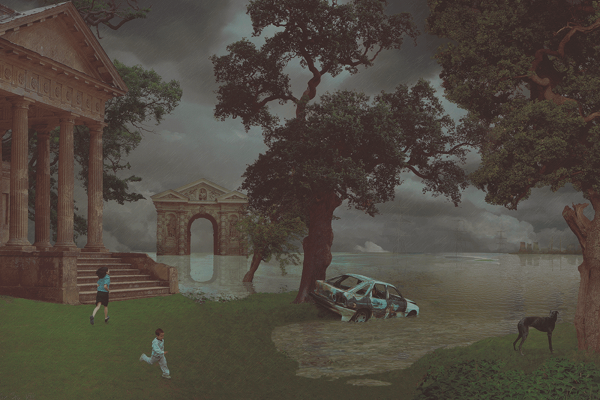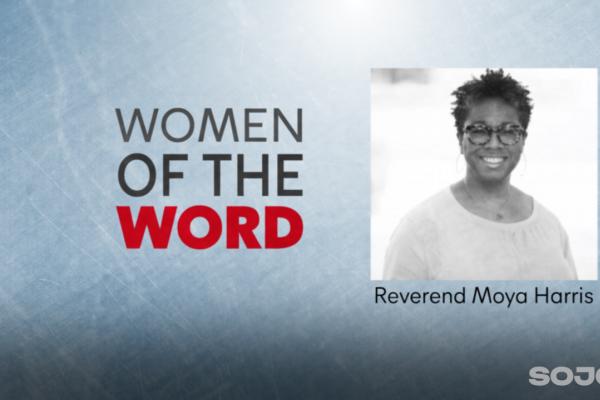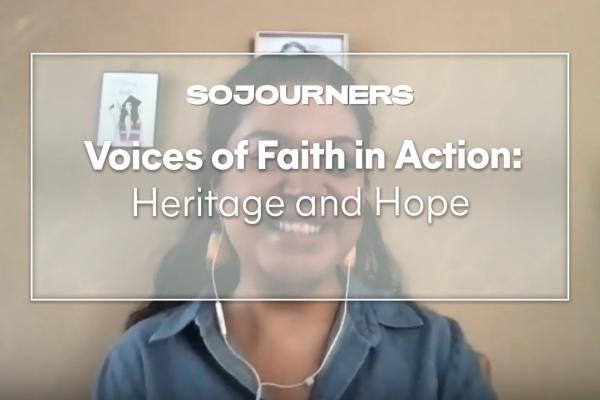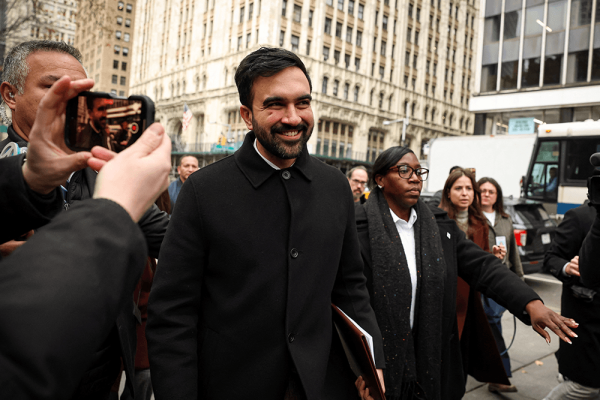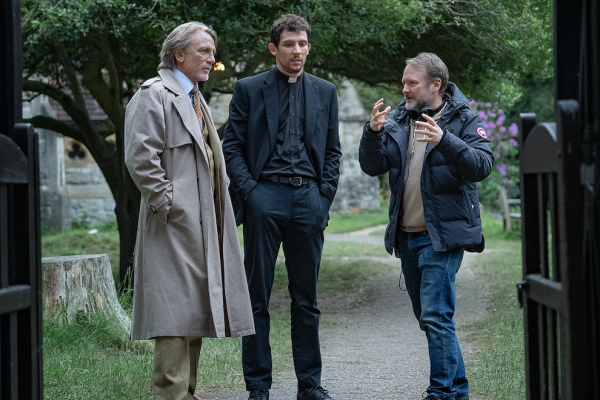At higher educational arts institutions, green has become the new black. In the last year, museums at Bowdoin College, Brown University, Princeton University, University of Colorado Boulder, University of Maryland, University of Michigan, University of Utah, and Yale University have convened environmental and climate change-focused programming and exhibitions, with titles ranging from “Sea of Troubles: Rising Seas & Sinking Cities” to “Before the Deluge: Apocalyptic Floodscapes from John Martin to John Goto, 1789 to Now.”
The focus on nature and the dangers facing the environment raises the question: Are there unique opportunities and challenges for college and university art museums when addressing the environment? And more fundamentally: Can an art exhibit do more than simply preach—albeit beautifully—to the choir?
First and foremost, the humanities offer “effective, compelling storytelling,” according to Jeffrey J. Cohen, dean of humanities at Arizona State University, co-president of the Association for the Study of Literature and the Environment, and a teacher of environmental humanities. “Narrative—whether in words, pictures, or film—is the best technology we have for making the inhuman scale of climate change understandable.” The data that environmental science generates isn’t always compelling, he said, because it isn’t storytelling. “The arts and the humanities know how to change hearts as well as minds.”
According to Karl Kusserow, curator of American art at the Princeton University Art Museum, visual art—unlike literature, which traverses time—occupies physical space and occurs in a particular place. It therefore is “a powerful physical way to materialize and manifest ideas,” such as insights about climate change.
“A lot of the work that needs to happen in terms of changing minds has already been done on college campuses,” said Kusserow. “It’s really beyond that that an exhibition about environmental concerns can do its greatest work.” Earlier this year, Princeton’s museum showed “Nature’s Nation: American Art and Environment.” The show traveled to the Peabody Essex Museum in Salem, Mass., and will be at the Crystal Bridges Museum of American Art in Bentonville, Ark., until early September.
“One challenge is making it clear that university- and college-based museums are for everyone, not just for those in higher education,” said Matthew Hargraves, chief curator of art collections at the Yale Center for British Art, who helped organize Yale’s recent exhibit “Before the Deluge.” The free-of-charge exhibit tackled topics no less consequential than the apocalypse, the environment, and climate change. It did this, said Hargraves, “to reach as broad an audience as we possibly can in an engaging way.”
At Bowdoin College in Maine, the art museum closed the exhibit “Material Resources: Intersections of Art and the Environment” in June. The show, said Honor Wilkinson, curatorial assistant and manager of student programs, provoked questions and encouraged conversations about humanity’s relationship with the environment through artworks from antiquity to the present. Among the topics with which the exhibit grappled were the myth of the frontier, conservation of the land, ecotourism, displacement of Indigenous Peoples, 20th-century industrialization, fossil fuels, pollution, urbanization, and suburbanization.
“As a campus museum, the Bowdoin College Museum of Art provides an invaluable forum to explore interdisciplinary connections between environmental studies and visual art, and to illuminate the intersected social, political, and cultural ecologies of both,” said Wilkinson. “The culture of a liberal arts institution encourages the questioning of the status quo.”
Last year, at the University of Colorado Boulder, the Nature, Environment, Science, and Technology (NEST) Studio for the Arts showed its inaugural exhibit “EMBRYONIC.” The exhibit focused on the intersection of science and art and could be viewed, according to the university, with “a sense of urgency for a world beset with endocrine disruptors, rising sea levels, and rampant resource competition.”
Tara L. Knight, associate professor of critical media practices at Boulder and co-director of NEST, said the program is uniquely positioned to help faculty and students collaborate “across traditionally siloed departments” and to bring outside experts in to share their research. Last summer, a fellowship paired graduate students in mechanical engineering and ceramics, for example. A mechanical engineering student, who studies air quality in nail salons, found the air to be nearly as hazardous as that on oil rigs. He worked with a ceramics student to create an aesthetically pleasing air purifier that can hang on a wall—a better option for the workers than wearing gas masks.
“Academic publishing is, of course, an important part of the research process,” said Knight. “Yet pairing artists and scientists to work together to find new modes of expression is a challenging and rewarding way to think about our roles as educators and researchers.”

Got something to say about what you're reading? We value your feedback!
